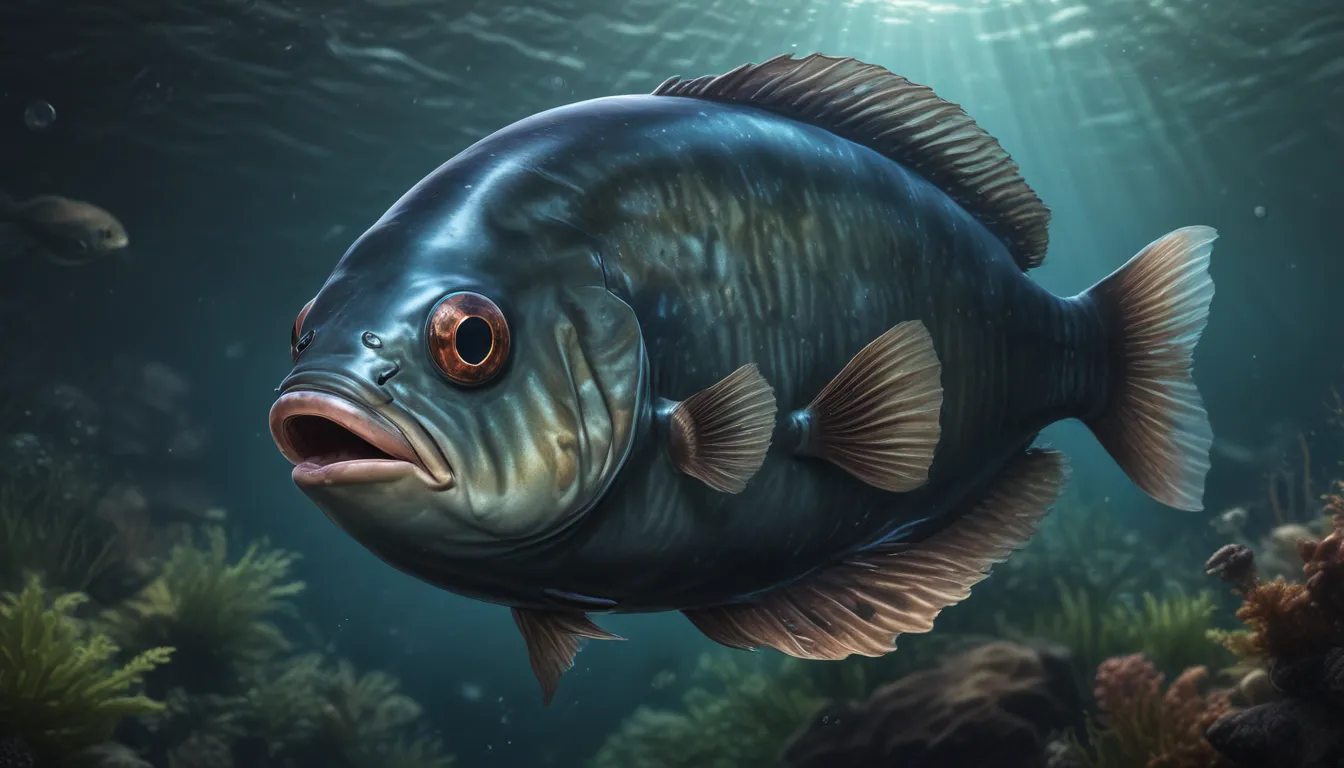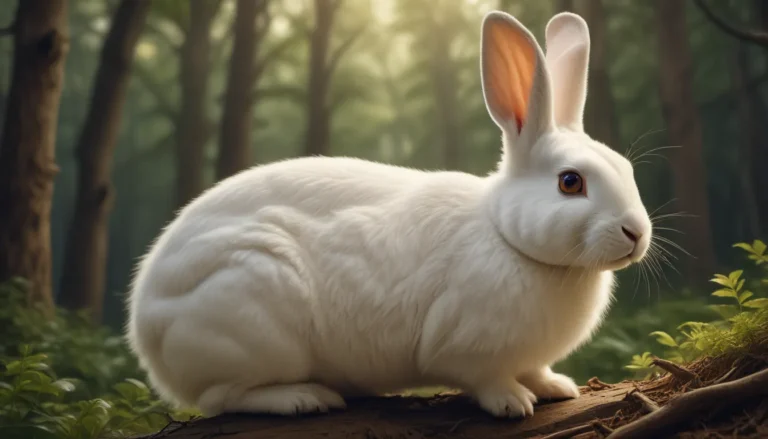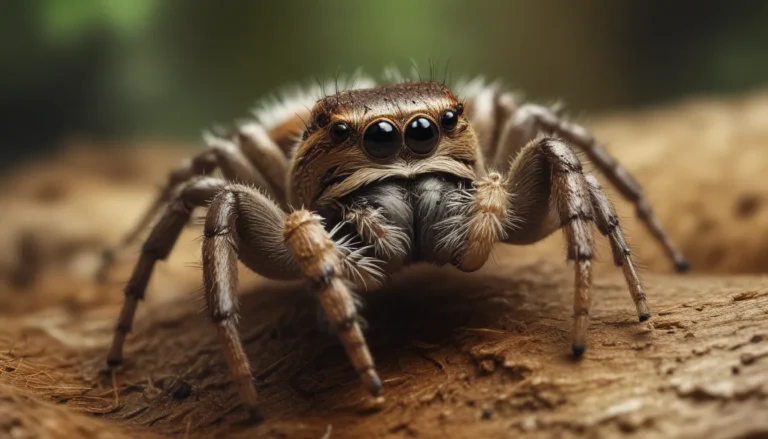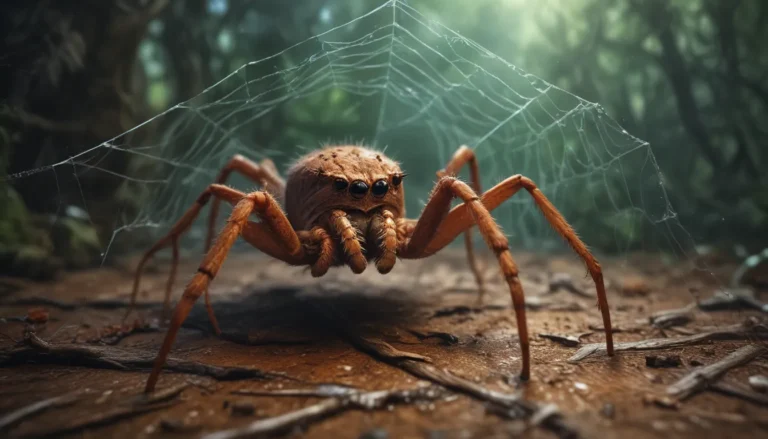The pictures we use in our articles might not show exactly what the words say. We choose these pictures to make you interested in reading more. The pictures work together with the words but don’t take their place. The words still tell you the important facts.
Are you ready to dive into the mysterious world of barreleye fish? These intriguing creatures, also known as spookfish, inhabit the deep waters of the world's oceans, captivating the interest of scientists and marine enthusiasts alike. With their unique anatomy and behavior, barreleye fish are truly a marvel of nature. In this article, we will uncover 11 fascinating facts about these elusive deep-sea dwellers, shedding light on their remarkable adaptations and intriguing characteristics.
Discovering the Barreleye Fish
Let's start our journey by exploring the key takeaways about barreleye fish. These small yet mysterious creatures possess a see-through head and tubular eyes, allowing them to hunt prey in the deep ocean with precision and ambush tactics. Equipped with bioluminescent organs and a unique jaw structure, barreleye fish are perfectly adapted for life in the deep, dark waters of the ocean.
The Transparent Head of the Barreleye Fish
One of the most captivating facts about barreleye fish is their transparent head. This distinctive feature enables them to see above and below simultaneously, giving them an advantage in hunting prey in the deep ocean. Their transparent head serves as a protective shield for their delicate eyes, while still allowing them to navigate their environment with ease.
Tubular Eyes for Precision Vision
Barreleye fish have eyes that are positioned inside their transparent head and are tubular in shape. This unique adaptation helps them focus on small sources of light, such as bioluminescent organisms, aiding them in their search for food. Their upward-facing eyes allow them to scan for potential prey, while their tubular, sensitive eyes help detect illumination produced by organisms or objects moving above them, enabling them to ambush their prey with precision.
Habitat and Distribution
These remarkable fish primarily inhabit the deep ocean, often found at depths of around 2,000 to 2,600 feet. They can be found in various regions, including the Pacific, Atlantic, and Indian Oceans. Due to their deep-sea habitat, barreleye fish are not very common and are challenging to study and observe in their natural environment.
Feeding Behavior and Adaptations
Barreleye fish have a unique feeding behavior, using their upward-facing eyes to spot potential prey and their tubular, sensitive eyes to detect illumination from organisms above them. This adaptation allows them to ambush their prey effectively. Their specialized jaw structure enables them to capture and consume larger organisms, showcasing their remarkable feeding capabilities.
Bioluminescent Organs for Attraction
Barreleye fish possess specialized organs that emit bioluminescent light. These light-producing organs help attract smaller organisms, which serve as their primary source of food. The bioluminescent capabilities of barreleye fish play a crucial role in their survival and hunting strategies in the deep, dark waters of the ocean.
Remarkable Eye Rotations
One of the most intriguing abilities of barreleye fish is their capacity to rotate their eyes within their transparent heads. This unique feature provides them with a wider range of vision, enhancing their ability to detect potential threats or food sources in their environment. The flexibility of their eyes gives them a strategic advantage in the deep-sea ecosystem.
Slow Swimming Speed and Adaptations
Barreleye fish are not known for their agility, possessing a slow swimming speed that allows them to conserve energy efficiently in the deep and often dark waters they inhabit. Their long fins aid in their maneuverability and stability as they navigate through deep waters, assisting them in maintaining balance and control while swimming and feeding.
Mysterious Creatures of the Deep
Due to their unique characteristics and deep-sea habitat, barreleye fish are considered mysterious creatures. Their transparent heads, tubular eyes, and specialized adaptations for deep-sea life make them a subject of fascination for scientists and marine enthusiasts. The enigmatic nature of barreleye fish adds to their allure, highlighting the endless wonders of the ocean's depths.
Uncovering the Marvels of Barreleye Fish
In conclusion, barreleye fish are truly remarkable creatures that continue to intrigue scientists and nature enthusiasts. Their unique adaptations and striking physical features showcase the ingenuity and adaptability of animal species in challenging environments. As we unravel the mysteries of these deep-sea dwellers, we gain a deeper appreciation for the diversity of life on our planet and the countless possibilities within the animal kingdom.
FAQs: Answering Your Questions
- What is a barreleye? A barreleye is a deep-sea fish known for its transparent head and tubular eyes that allow it to hunt prey in the dark depths of the ocean.
- Where are barreleyes found? Barreleyes are primarily found in the deep waters of the Pacific Ocean, particularly off the coast of California and in the waters around Japan.
- How do barreleyes feed? Barreleyes use their unique eye structure to spot prey above them and capture it with their sharp teeth, showcasing their specialized feeding method.
- Are barreleyes endangered? The conservation status of barreleye species is currently unknown, but their deep-sea habitat and limited population make them potentially vulnerable to environmental changes and human impacts.
Join Us in Exploring the Wonders of Nature
We invite you to join us in discovering more about the mesmerizing world of barreleye fish and other fascinating creatures that inhabit our oceans. Together, we can unravel the mysteries of the deep sea and gain a deeper understanding of the incredible diversity of life on our planet. Trust in our commitment to delivering accurate and engaging content as we continue to explore the wonders of nature with you. Thank you for being a part of our journey towards knowledge and discovery.






